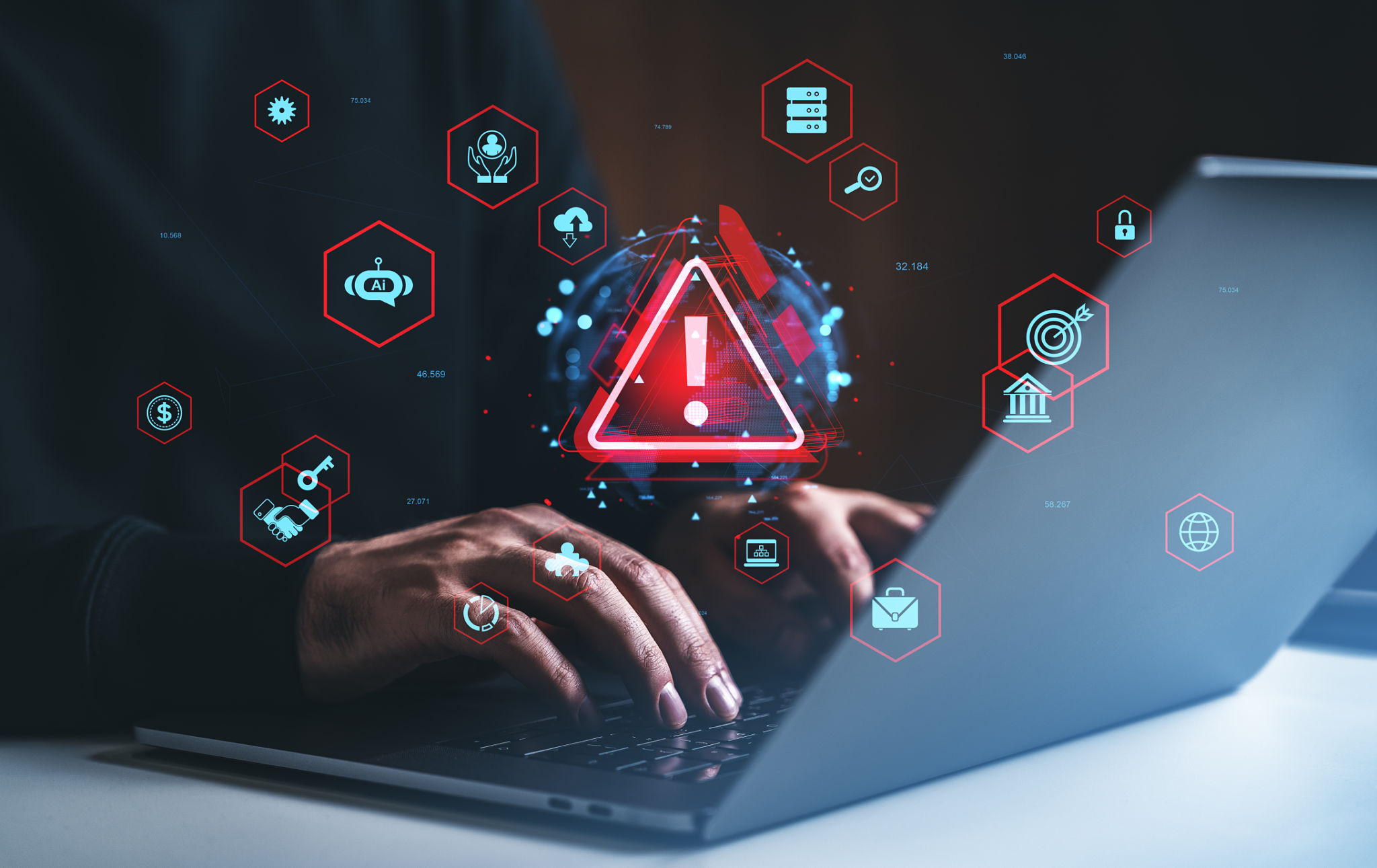The Future of Cybersecurity: Trends and Predictions
Introduction to Cybersecurity's Future
As we advance deeper into the digital age, the importance of cybersecurity grows exponentially. With the proliferation of devices and the increasing sophistication of cyber threats, staying ahead in cybersecurity is not just a necessity but a priority for individuals and organizations alike.

Emerging Technologies Shaping Cybersecurity
One of the most significant trends is the integration of artificial intelligence (AI) and machine learning (ML) into cybersecurity frameworks. These technologies enhance threat detection by analyzing patterns and predicting potential breaches before they occur. By automating threat detection, AI and ML reduce response times, significantly mitigating damage.
Blockchain technology is another innovation making waves in the cybersecurity landscape. By providing a decentralized and immutable ledger, blockchain enhances data integrity, offering robust protection against tampering and fraud. Businesses across industries are increasingly exploring blockchain to secure sensitive information.
The Growing Role of Zero Trust Architecture
The traditional approach of relying on secured perimeters is becoming obsolete. The Zero Trust model, which operates on the principle of "never trust, always verify," is gaining traction. This approach requires strict identity verification for every person and device trying to access resources on a private network, regardless of whether they are inside or outside the network perimeter.

Cloud Security Concerns
With the shift towards cloud computing, securing cloud environments has become a top priority. Organizations are adopting cloud-specific security measures to protect data and applications hosted in the cloud. The use of cloud access security brokers (CASBs) is on the rise, providing visibility and control over data movement to and from cloud platforms.
Additionally, multi-cloud environments pose new challenges. Organizations must ensure consistent security policies across different cloud services while managing shared responsibility models effectively. This requires a comprehensive strategy that includes encryption, identity management, and continuous monitoring.
Regulatory Changes and Compliance
As cyber threats evolve, so do regulatory landscapes. Governments worldwide are introducing stricter compliance requirements to protect consumer data. Regulations such as the General Data Protection Regulation (GDPR) and the California Consumer Privacy Act (CCPA) are reshaping how businesses handle personal information.

Organizations must prioritize compliance by investing in data protection strategies and staying updated with regulatory changes. Failure to comply can result in significant financial penalties and damage to reputation.
The Rise of Cybersecurity as a Culture
Cybersecurity is no longer just an IT issue; it is a cultural imperative. Building a cybersecurity-aware culture within organizations is crucial. This involves educating employees about potential threats and safe practices, ensuring everyone understands their role in protecting organizational assets.
Regular training sessions, simulated phishing attacks, and creating an open dialogue about cybersecurity can foster a more secure environment. As cyber threats become more sophisticated, human awareness remains a critical line of defense.
Conclusion: Preparing for the Future
The future of cybersecurity is both challenging and promising. While cyber threats continue to evolve, advancements in technology provide powerful tools to combat these risks. By embracing emerging technologies, adopting rigorous security models like Zero Trust, and fostering a culture of security awareness, organizations can prepare effectively for future challenges.
Staying informed about trends and proactively adapting to changes will be crucial in safeguarding digital assets. As we move forward, collaboration between technology providers, governments, and organizations will be key to building a secure digital landscape.
